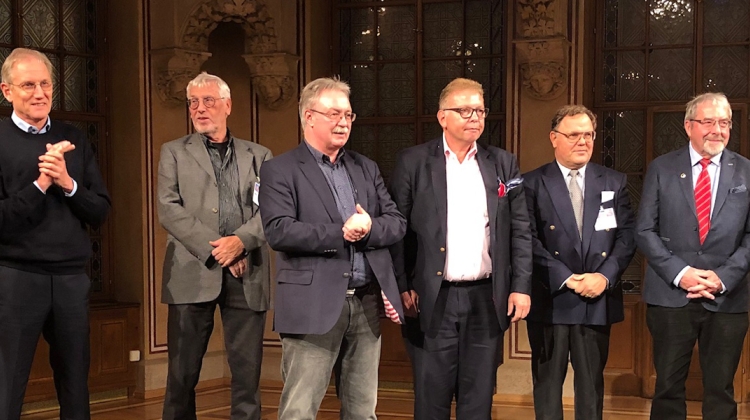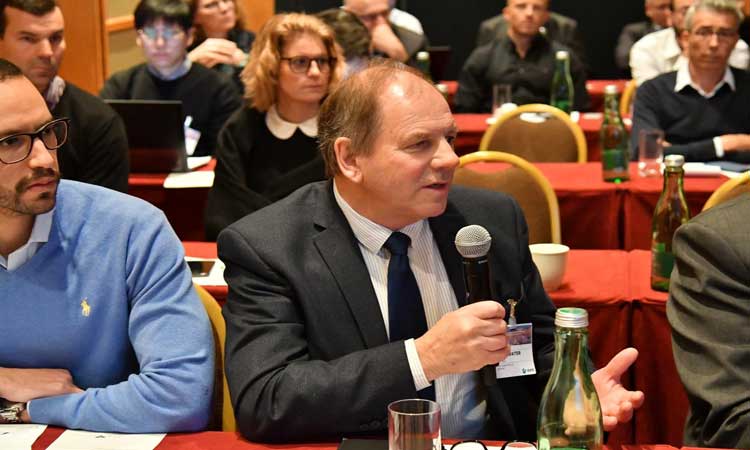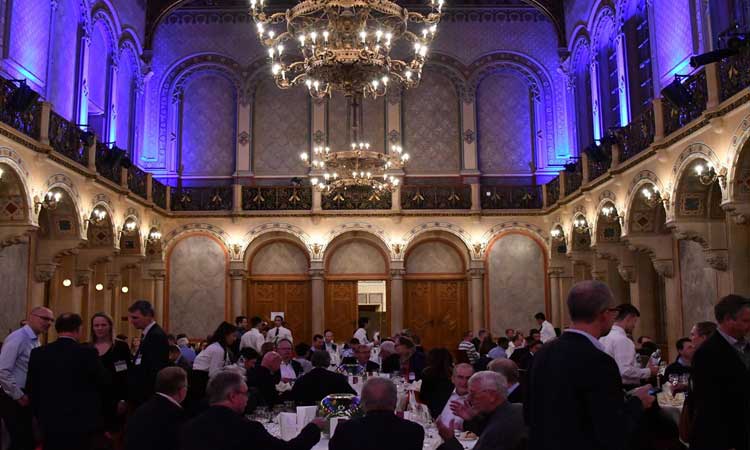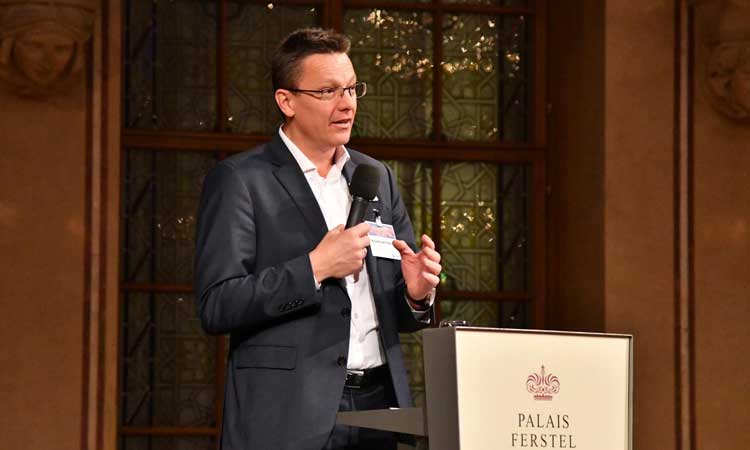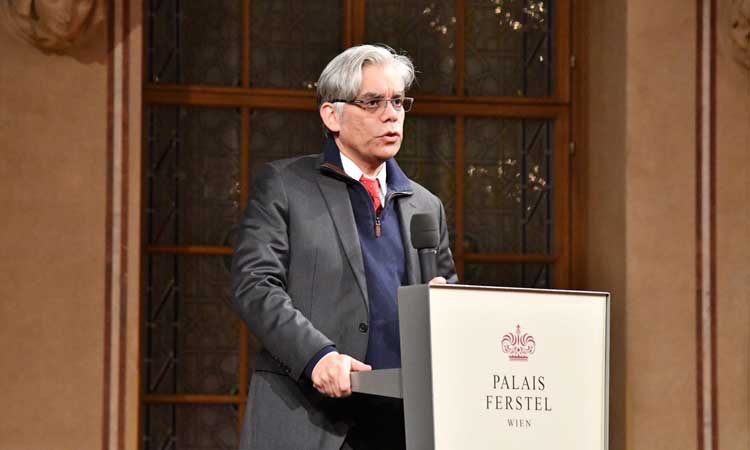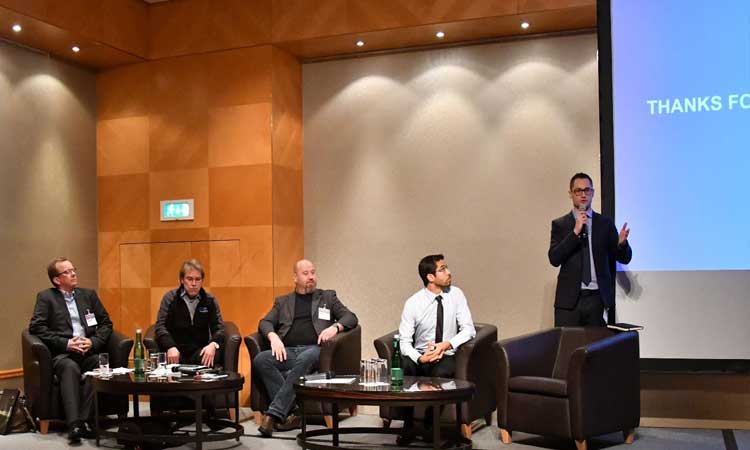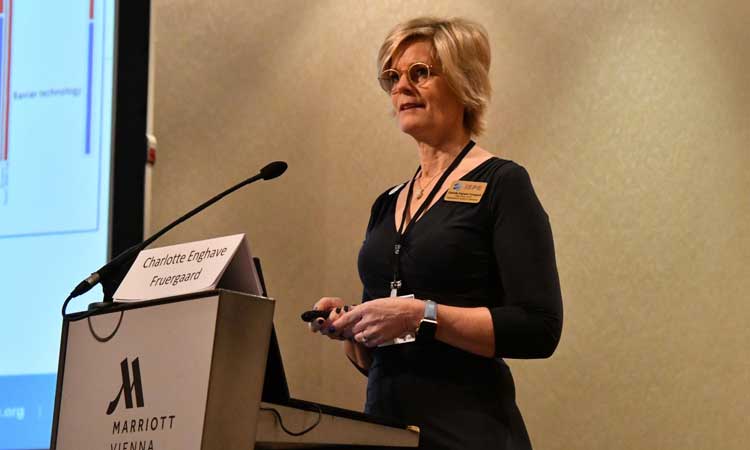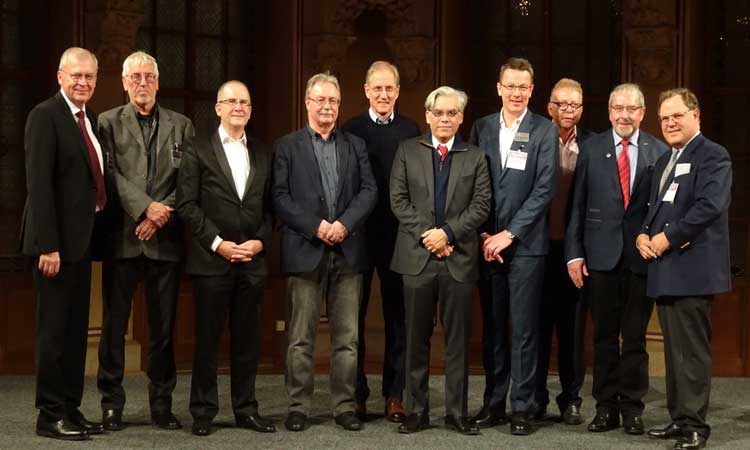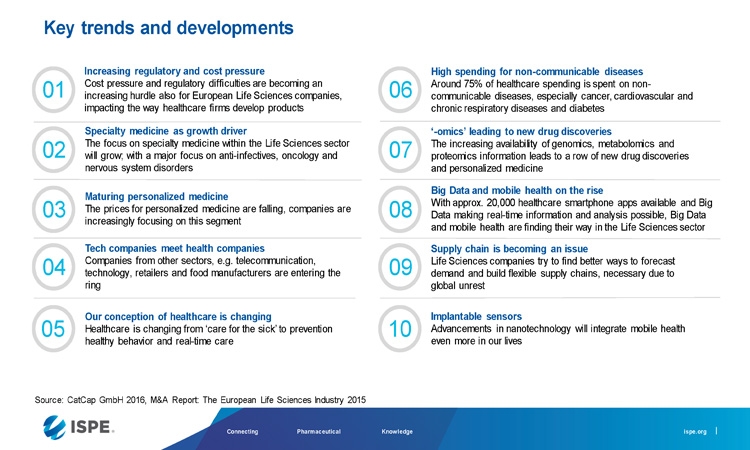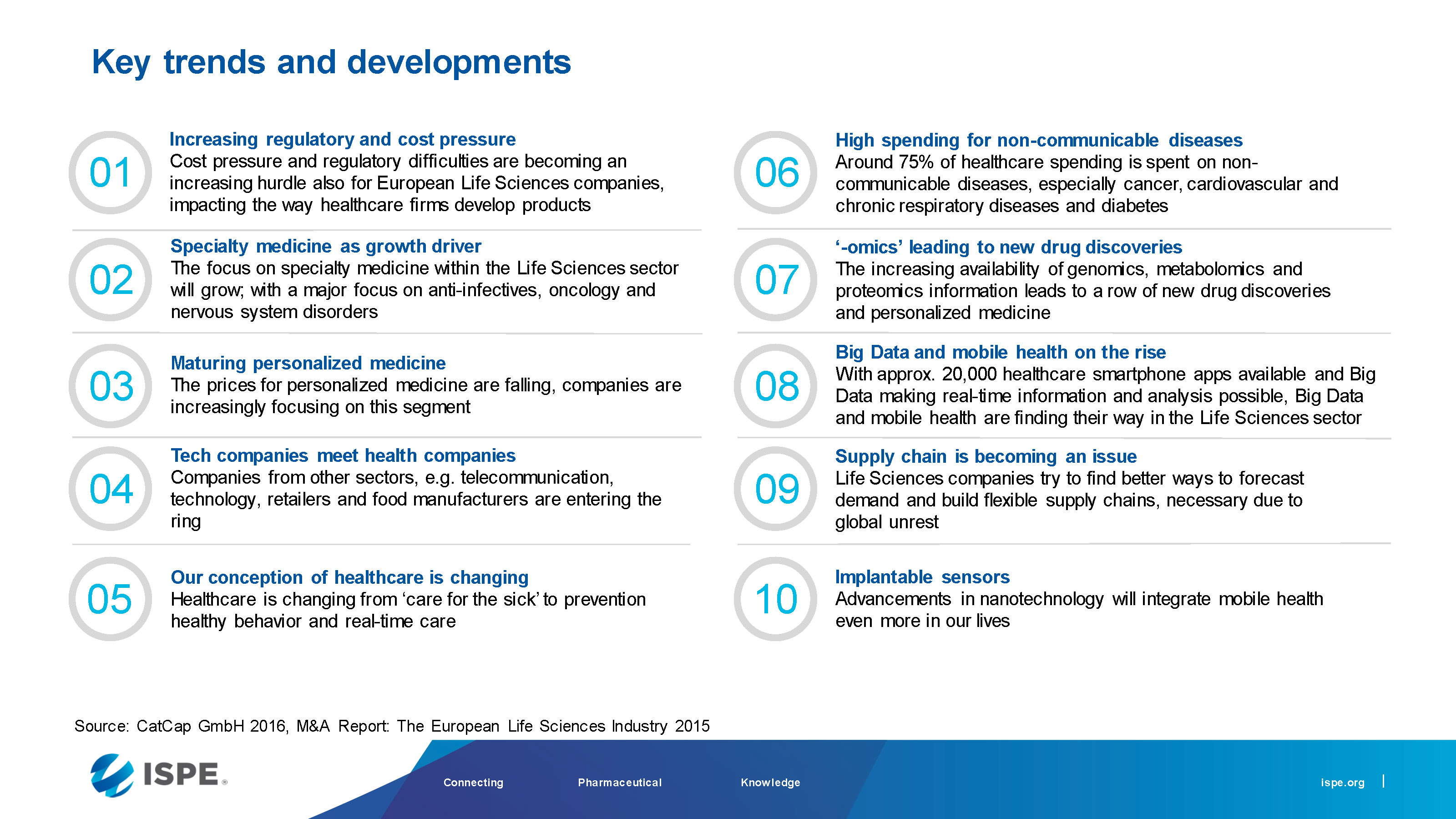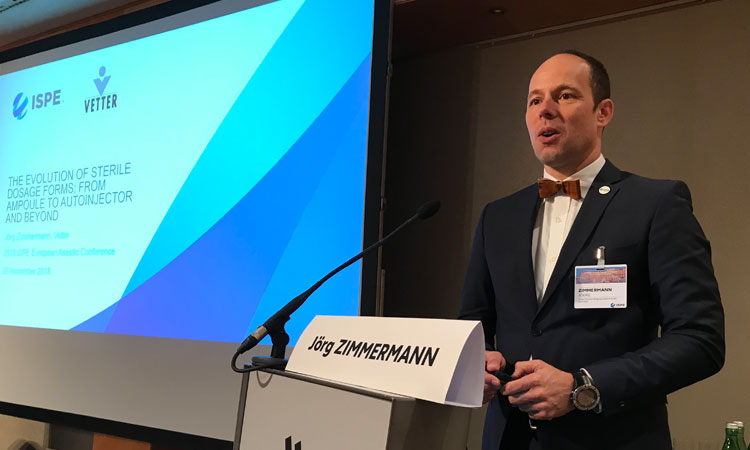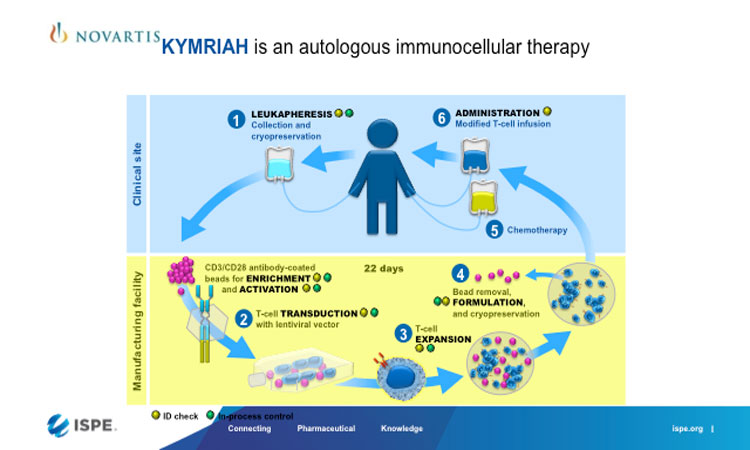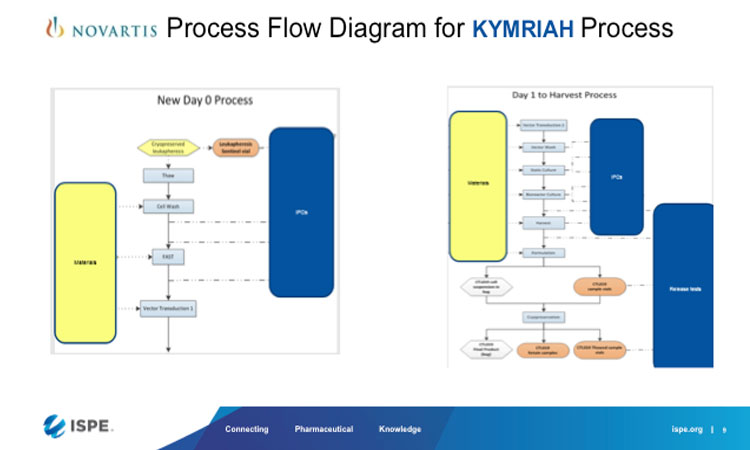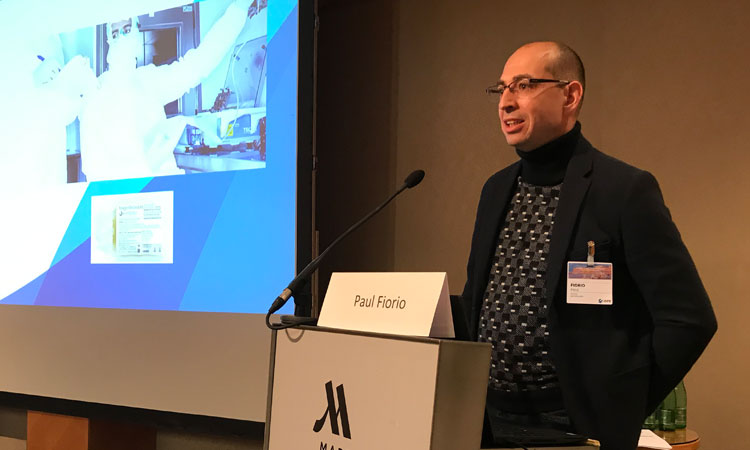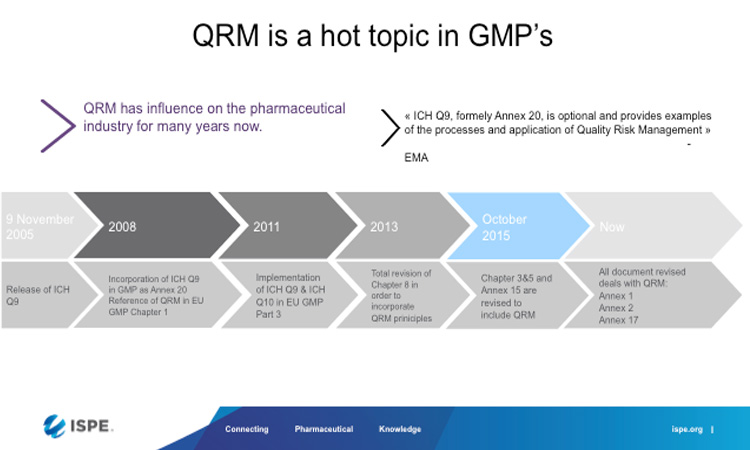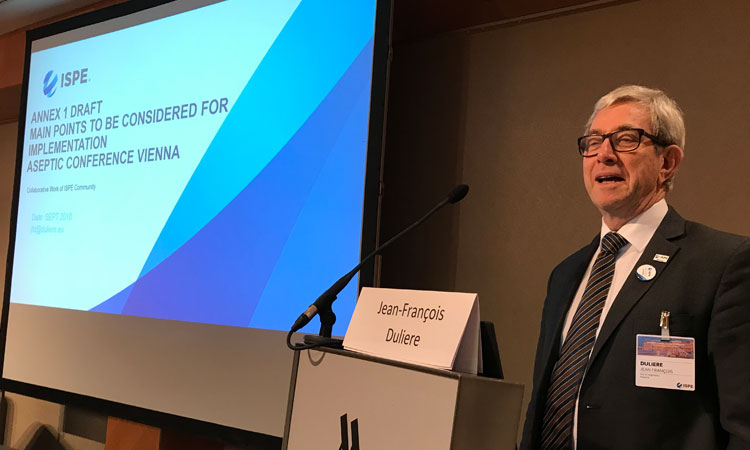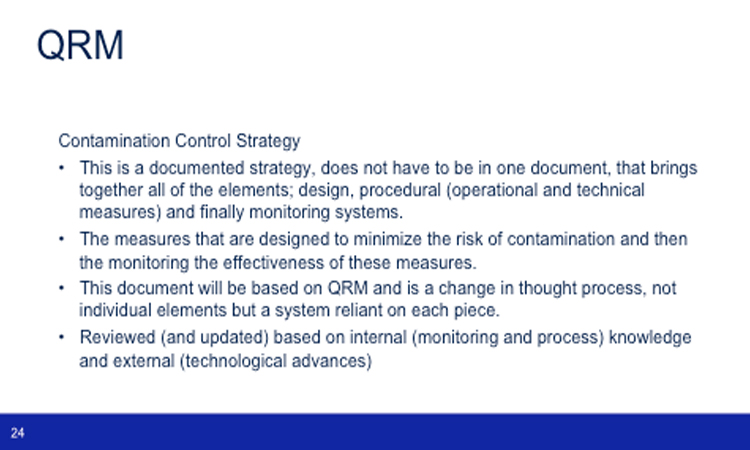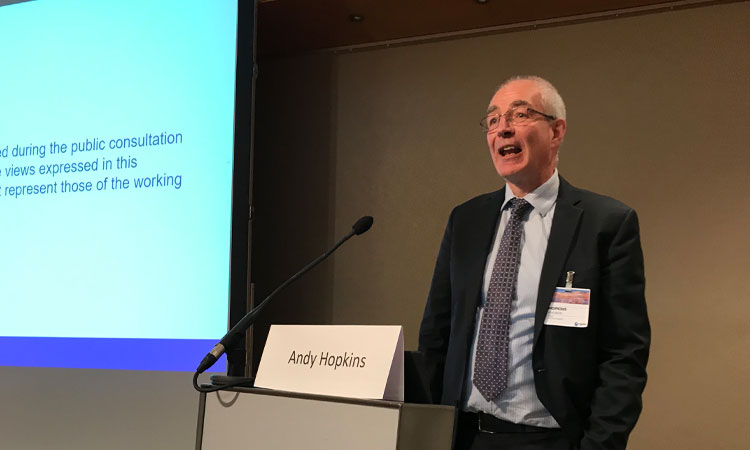KEY NOTE PRESENTATIONS
Jörg Zimmermann, Pharma Vetter GmbH
Key trends and developments (Fig 4 – Key trends and developments) were presented by Jörg Zimmermann, Vice President at Vetter Pharma, and included increasing regulatory difficulties and cost pressures for European Life Sciences companies; growth in specialty medication especially anti-infectives, oncology, and nervous system disorders; maturing personalised medicine with falling prices; technology companies are entering the health field;
Along with these trends is a change in the conception of health care, Zimmermann said, from caring for the sick to prevention, healthy behavior, and real-time care. About 75% of healthcare spending is now for non-communicable disease, especially cancer, cardiovascular, chronic respiratory diseases, and diabetes.
Genomics, metabolomics, and proteomics information is leading to new drug discoveries and personalized medicine. Big data and mobile apps for healthcare are on the rise with over 20,000 apps available already. Supply chain issues are a challenge for life science companies in forecasting demand and building flexible and reliable supply chains.
Zimmermann predicted the pre-filled syringe market will double between 2014 and 2024, and polymer syringes will enter the markets. For comparison they have already 60% market share in Japan. Also, needleless systems will have more market share as they are painless and so are more appealing to patients.
